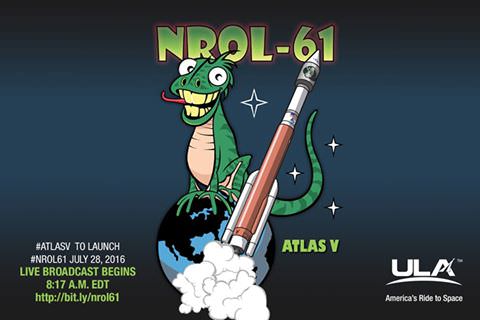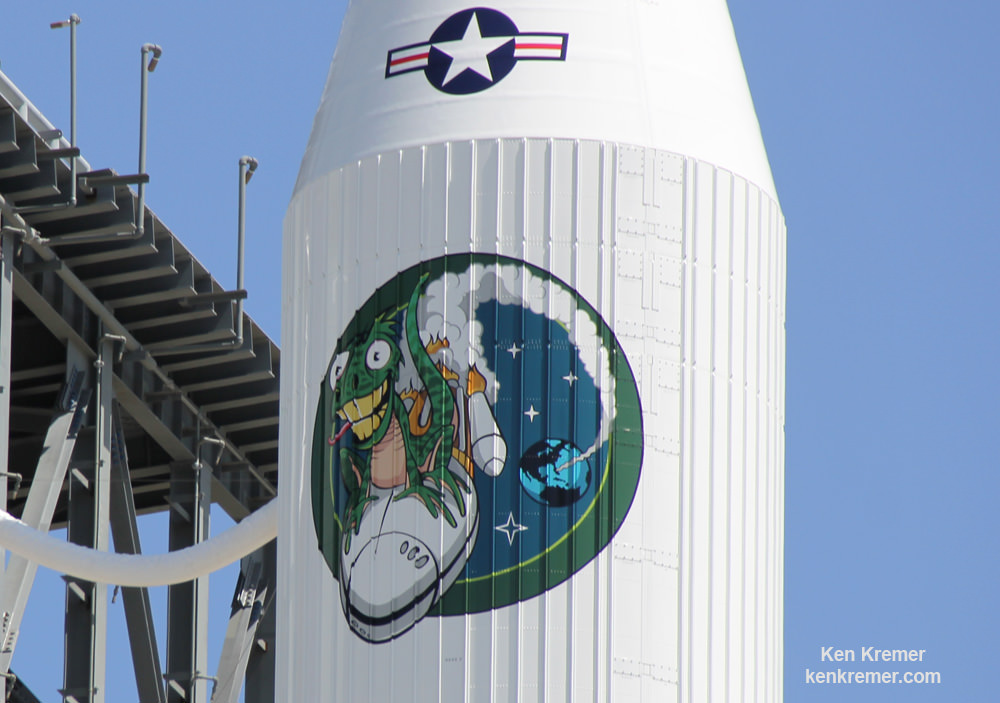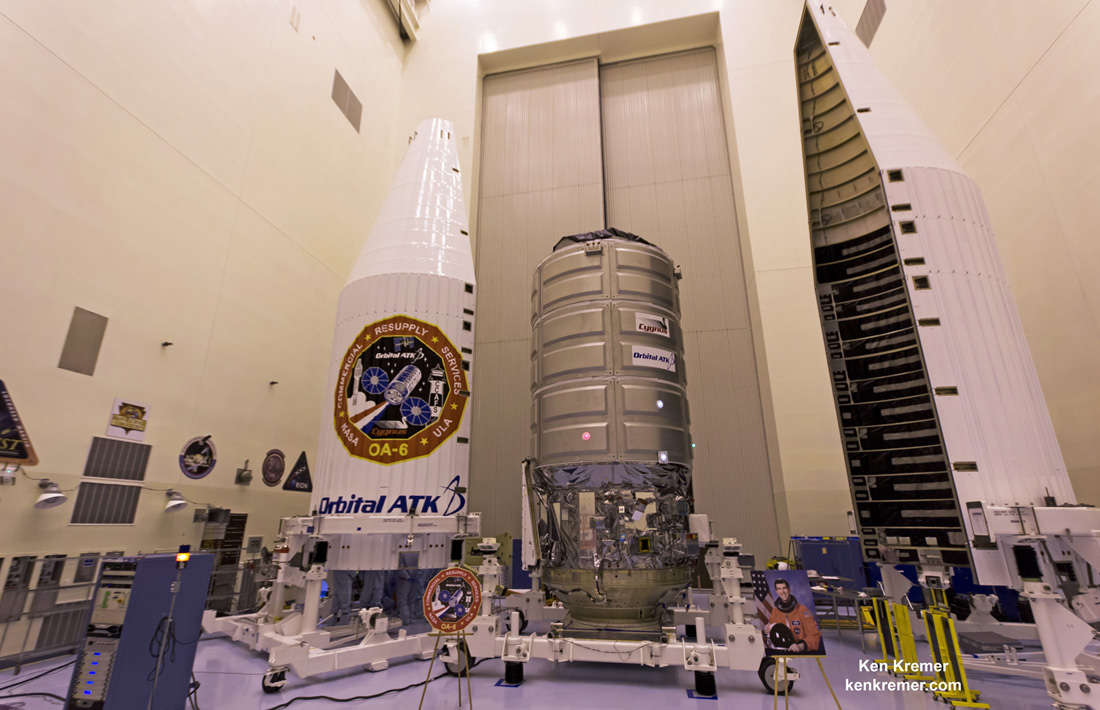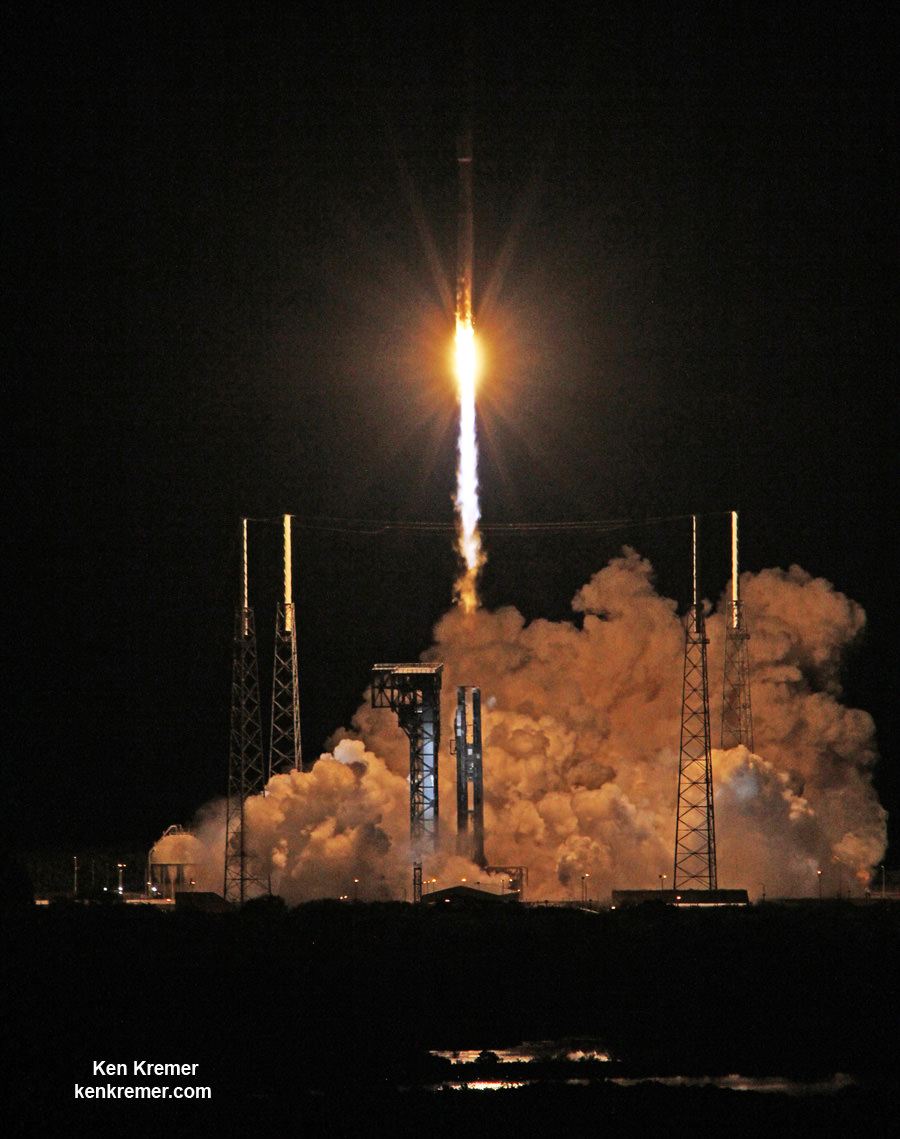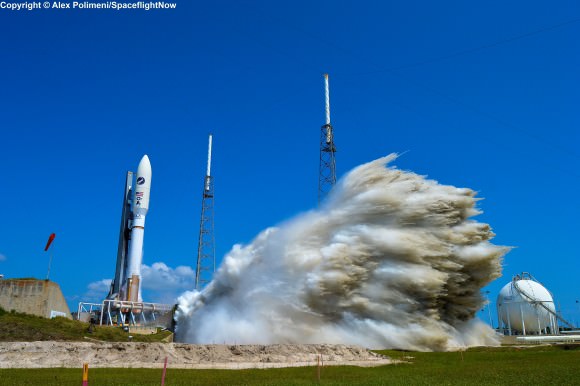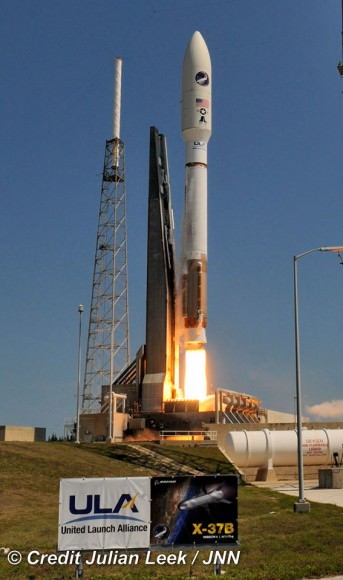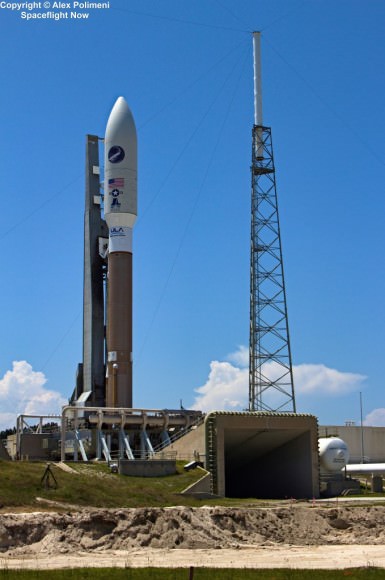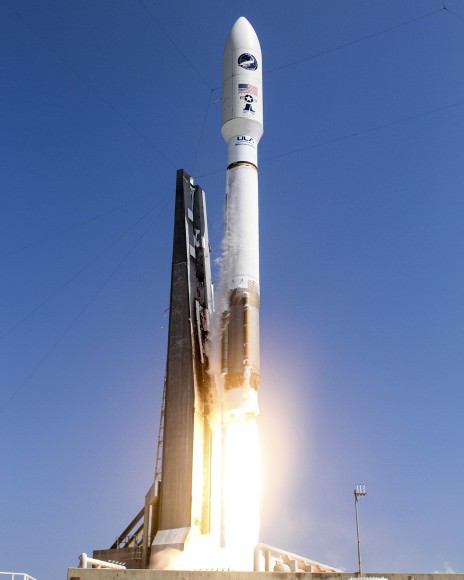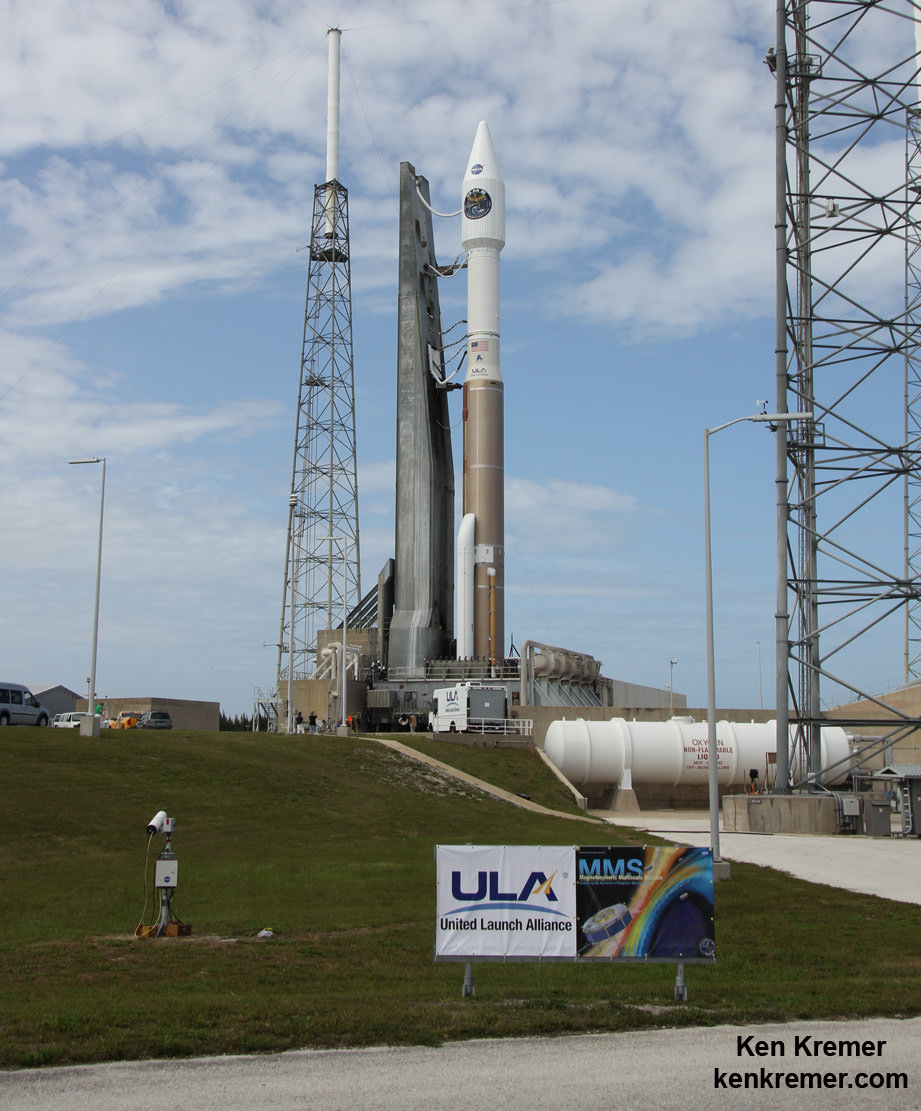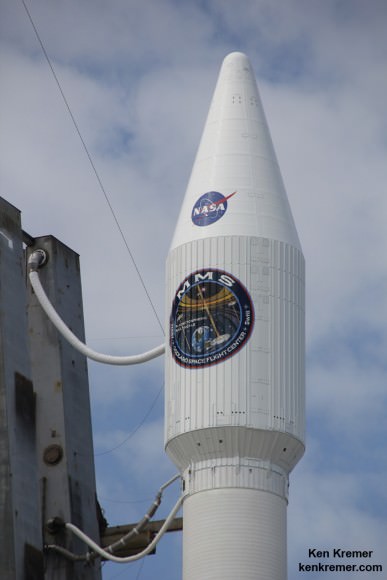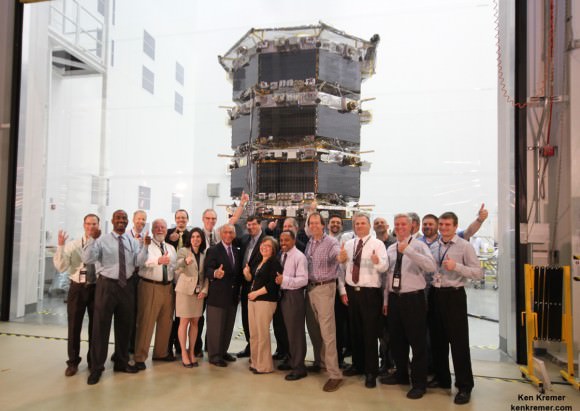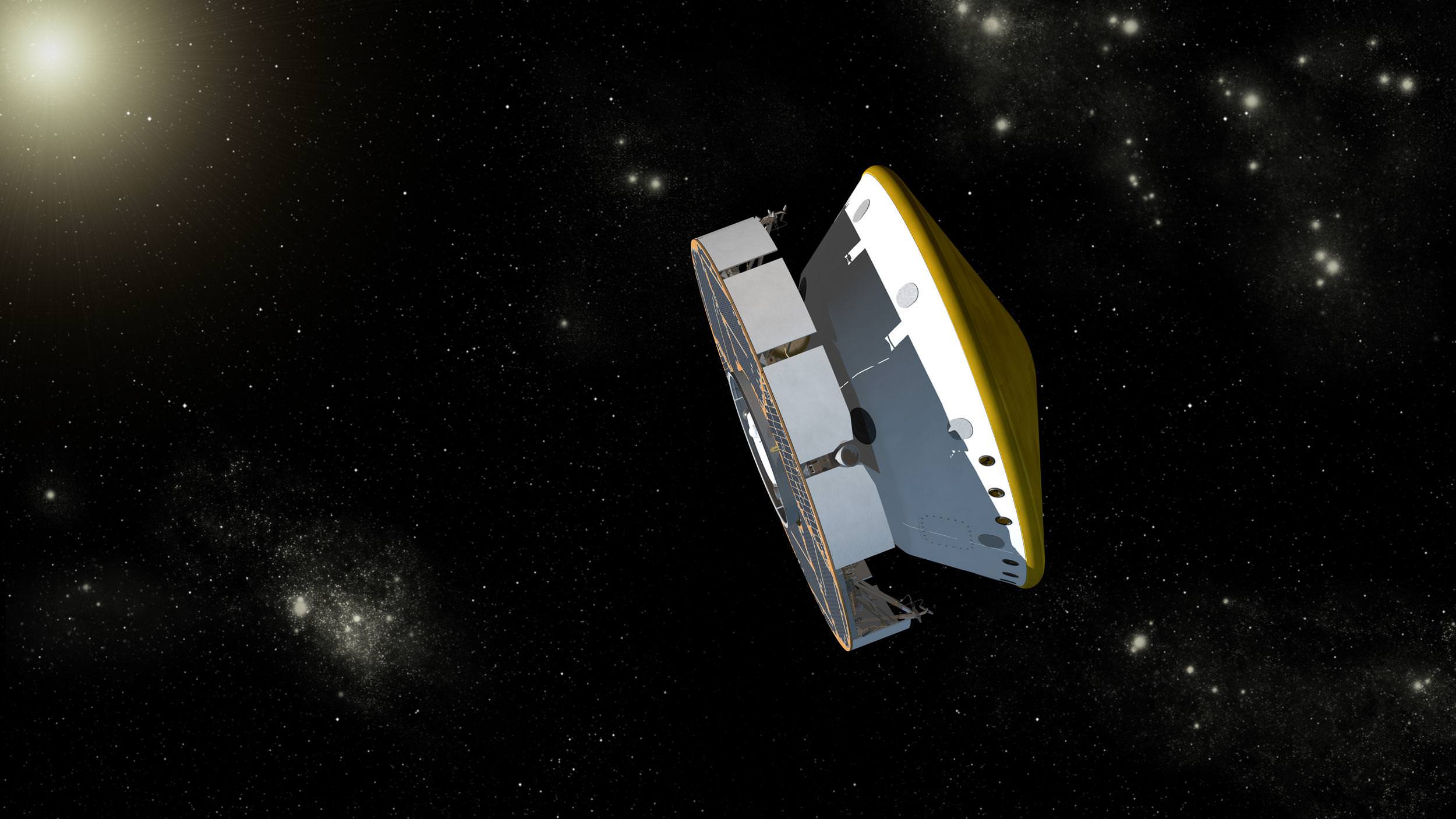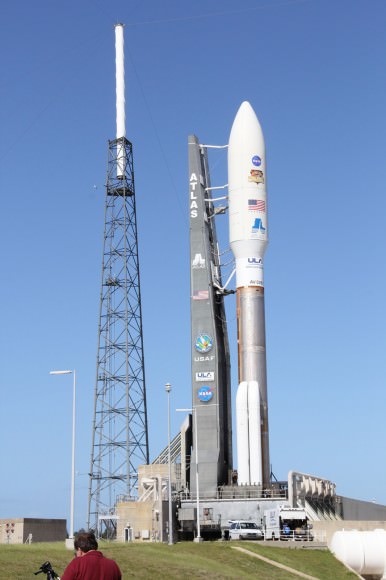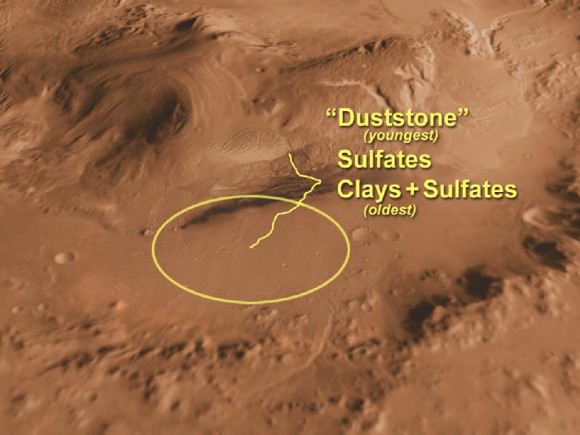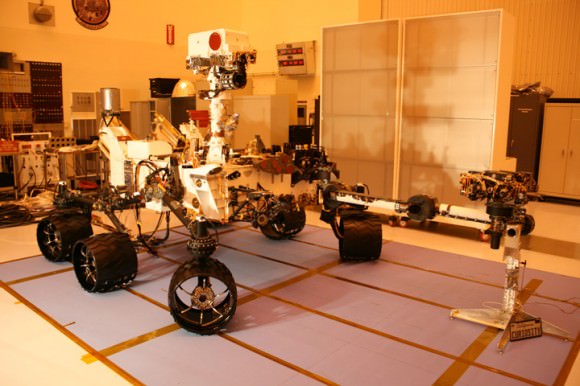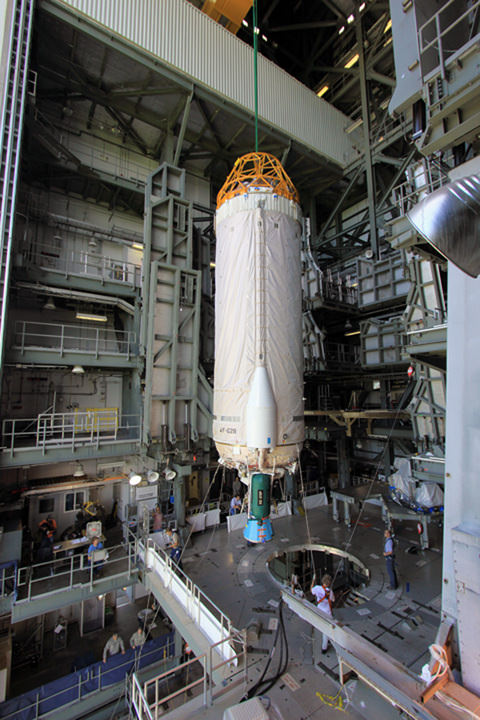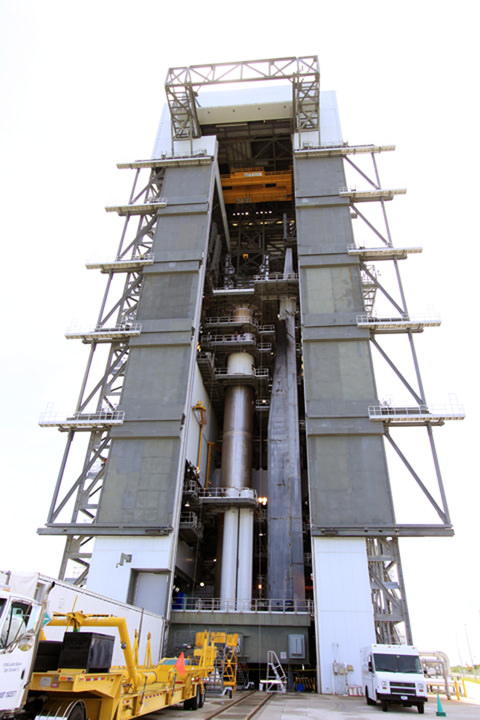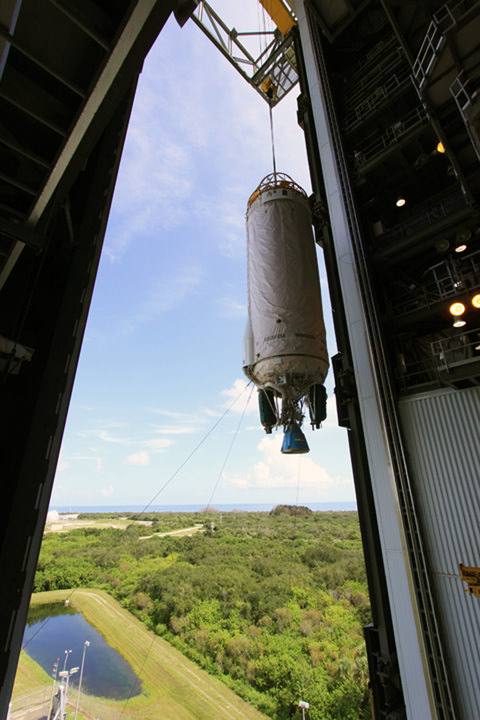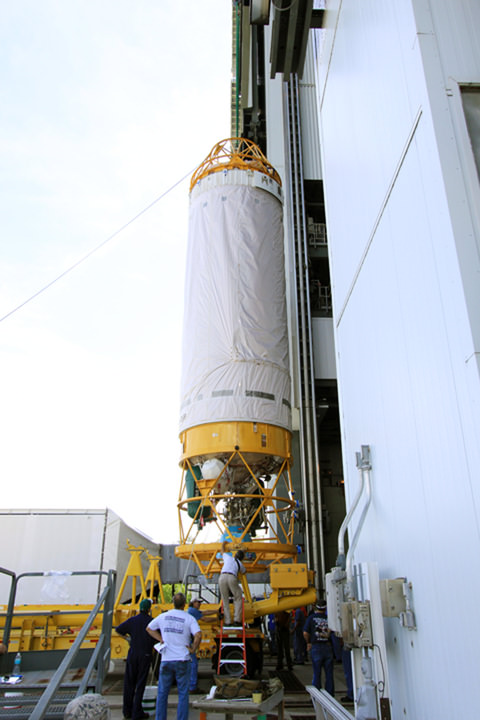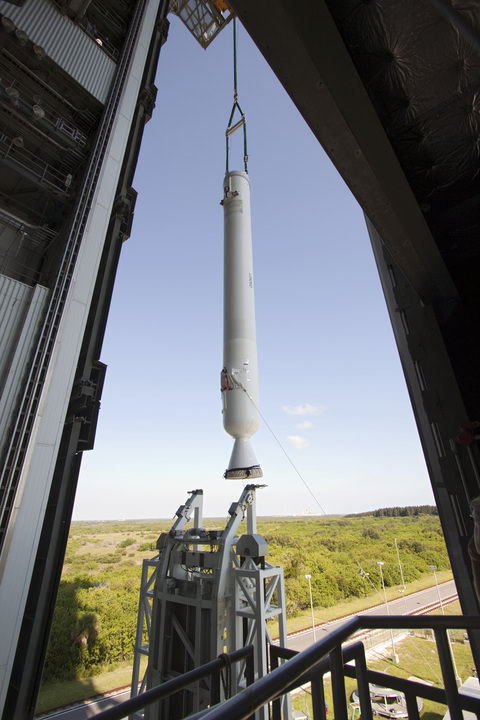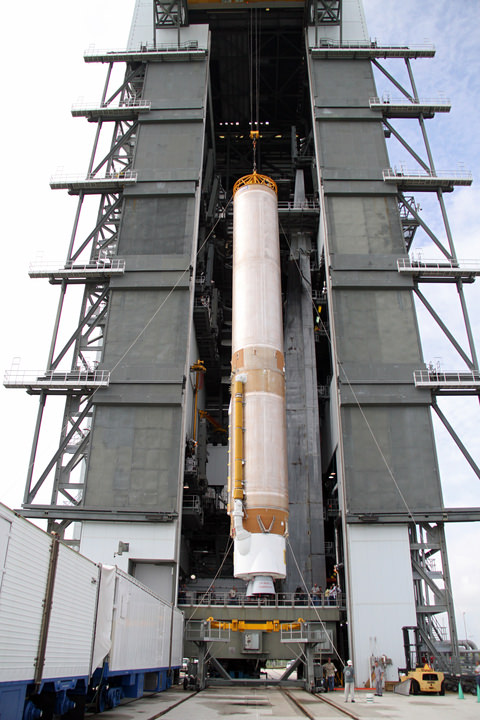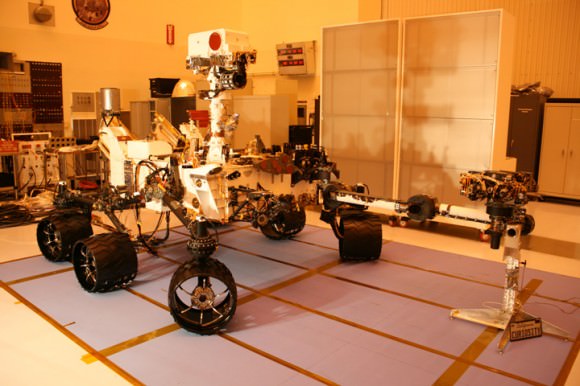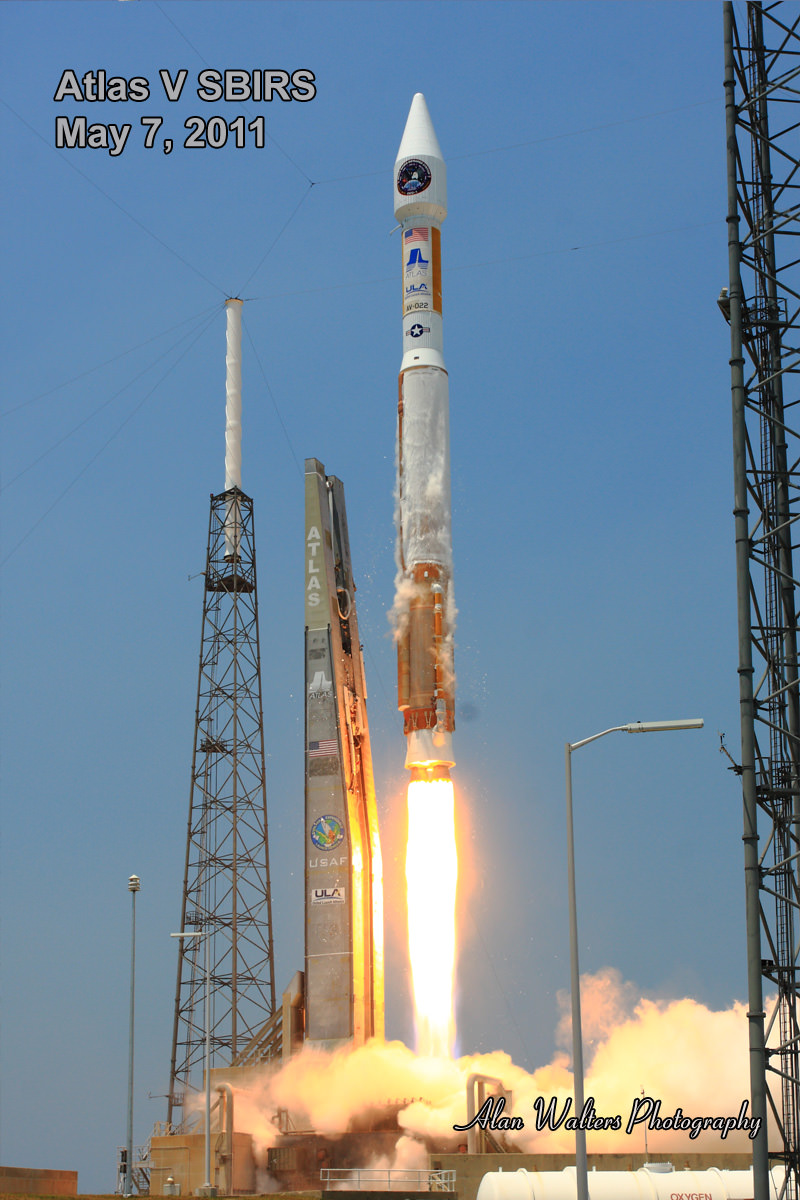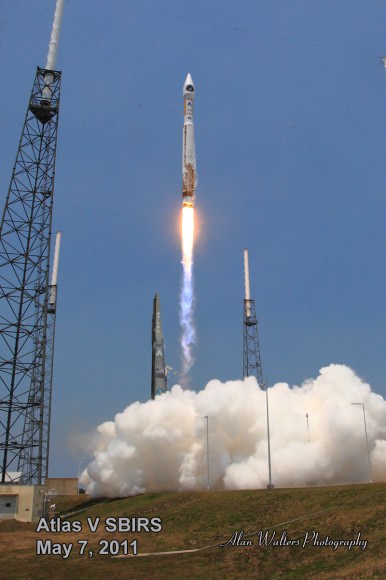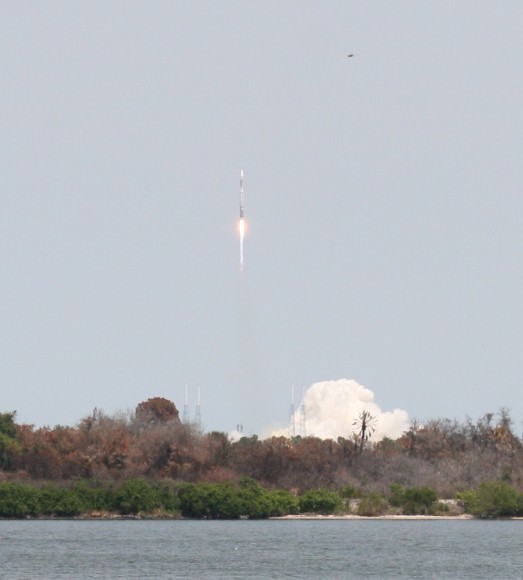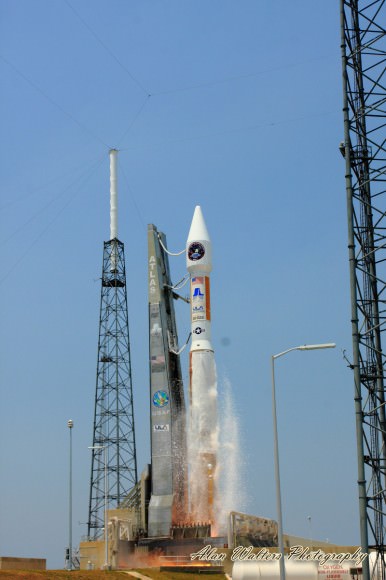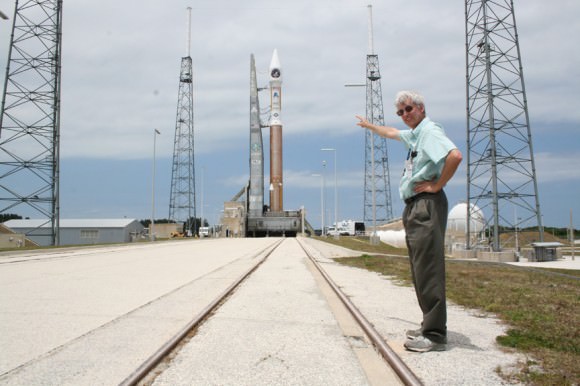
Next month’s launch of GOES-R – a new and advanced transformational weather satellite that will vastly enhance the quality, speed and accuracy of weather forecasting – will likely be delayed a few days due to lingering storm related effects of deadly Hurricane Matthew on launch preparations at Cape Canaveral Air Force Station and the Kennedy Space Center (KSC), Universe Today confirmed with launch provider United Launch Alliance (ULA).
“The GOES-R launch will likely be delayed due to Hurricane Matthew,” ULA spokeswoman Lyn Chassagne told Universe Today.
Liftoff of the NASA/NOAA GOES-R (Geostationary Operational Environmental Satellite – R Series) weather satellite atop a United Launch Alliance (ULA) Atlas V rocket had been scheduled for Nov. 4 at 5:40 p.m. from Space Launch Complex 41 (SLC-41) on Cape Canaveral Air Force Station.
GOES-R is the first in a new series of American’s most powerful and most advanced next generation weather observation satellites.
It’s ironic that awful weather is impacting the launch of this critical weather satellite.
It’s not known how long any postponement would be – perhaps only a few days since preliminary indications are that the base suffered only minor damage and there are no reports of major damage.
“Our teams are still doing a damage assessment. So we don’t have a status about all of our infrastructure yet,” Chassagne told me.
“A preliminary assessment shows that we have some minor damage to a few of our facilities. We had no rockets on the pads. So there is no damage to hardware.”
Damage assessment teams are evaluating the launch pad and launch facilities in detail right now.
“Since we still have emergency response teams in assessing, we don’t know how long the delay will be until we get those assessments.”
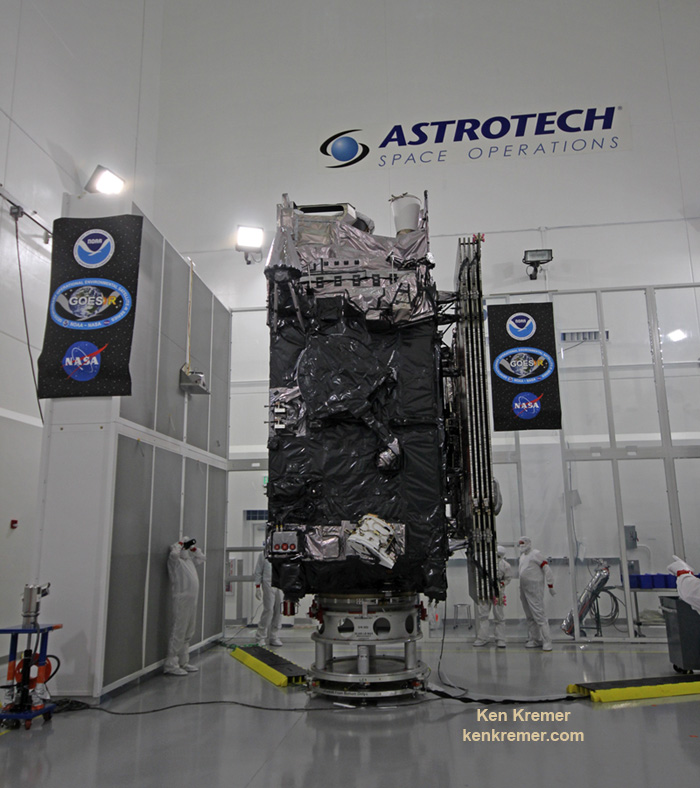
The looming threat of a direct hit on Cape Canaveral and KSC from the Category 4 storm Hurricane Matthew on Friday, Oct. 7, forced the closure of both facilities before the storm hit. They remained closed this weekend except to emergency personal.
“Got in today to assess. Light to moderate damage to our facilities. No damage to any flight assets,” tweeted ULA CEO Tory Bruno.
The base closures therefore also forced a halt to launch preparations at the Cape and pad 41.
The storm grazed by the Kennedy Space Center (KSC), Cape Canaveral Air Force Station (CCAFS) and the major population centers along the Florida Space Coast with wind gusts up to 107 mph – rather than making a direct impact as feared.
“Hurricane Matthew passed Cape Canaveral and Kennedy Space Center …. with sustained winds of 90 mph with gusts to 107 mph,” on Friday, NASA officials reported.
The storm passed “the space center about 26 miles off the tip of Cape Canaveral.”

The launch ULA facilities are now being thoroughly inspected before any launch preparation can proceed.
The satellite is in the final stages of preparation at the Astrotech Space Operations Facility in Titusville, FL as I recently observed during an up close visit in the High Bay cleanroom.
Check out this amazing rooftop video showing the high winds pummeling Titusville during Hurricane Matthew just a few miles away from Astrotech and the GOES-R satellite – from my space colleague Jeff Seibert.
Video caption: Before we bailed out on Thursday afternoon, I clamped one of my launch pad remote cameras to the power service post on our roof. Wind is blocked a lot by trees but none fell on the house. The highest recorded wind speed was 51mph at 7:30AM on Oct. 7, 2016. The minimum barometric pressure was 28.79″ from 8:20 – 9 AM. We got 5.9″ of rain. The ridge line faces due east. We never lost power. Credit: Jeff Seibert
Lockheed Martin is the prime contractor for GOES-R.

Whenever it does launch, GOES-R will blast off on a ULA Atlas V in the very powerful 541 configuration, augmented by four solid rocket booster on the first stage.
It will be launched to a Geostationary orbit some 22,300 miles above Earth.
But ULA has not yet begun assembling the Atlas V booster inside the Vertical Integration Facility (VIF) at SLC-41 due to the storm.
Because of Hurricane Matthew, the first stage arrival had to be postponed. The second stage is already in port at the Delta operations center and being integrated.
“The first stage booster is not yet at the Cape,” Chassagne confirmed.
However, conditions at the Cape have improved sufficiently for the US Air Force to clear its shipment into port, as of this evening.
“We just cleared CCAFS to be able to accept a booster for the GOES-R launch–how appropriate that GOES is a weather satellite!” wrote Brig. Gen. Wayne Monteith, commander of the Air Force’s 45th Space Wing at Patrick Air Force Base, in a Facebook update late today, Oct. 9.
“We are returning to full mission capability and our status as the World’s Premier Gateway to Space.”

Stay tuned here for Ken’s continuing Earth and Planetary science and human spaceflight news.



